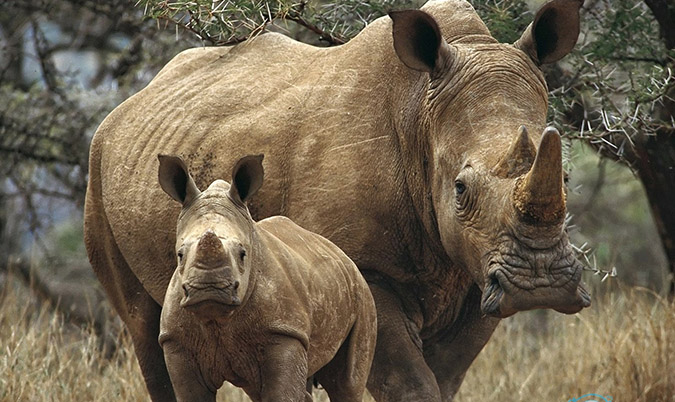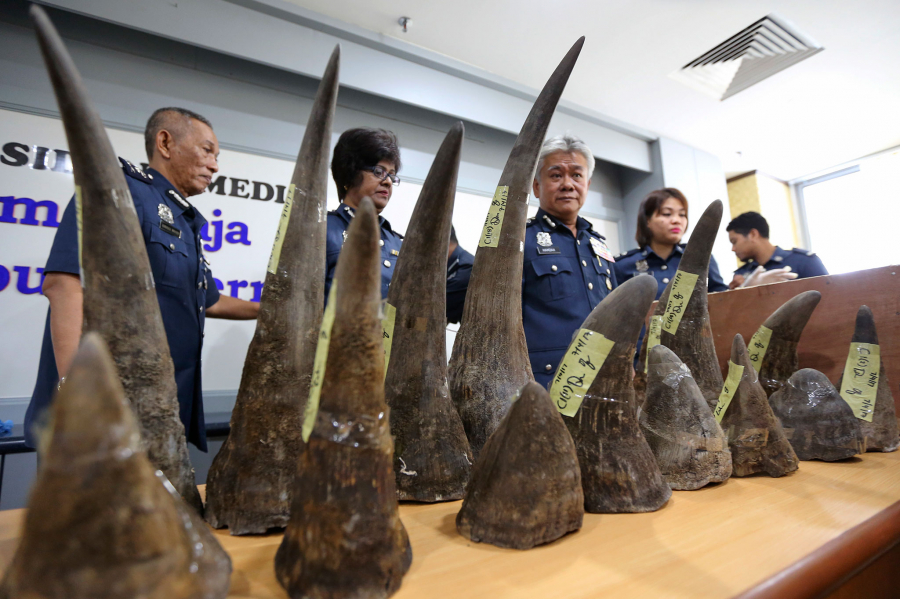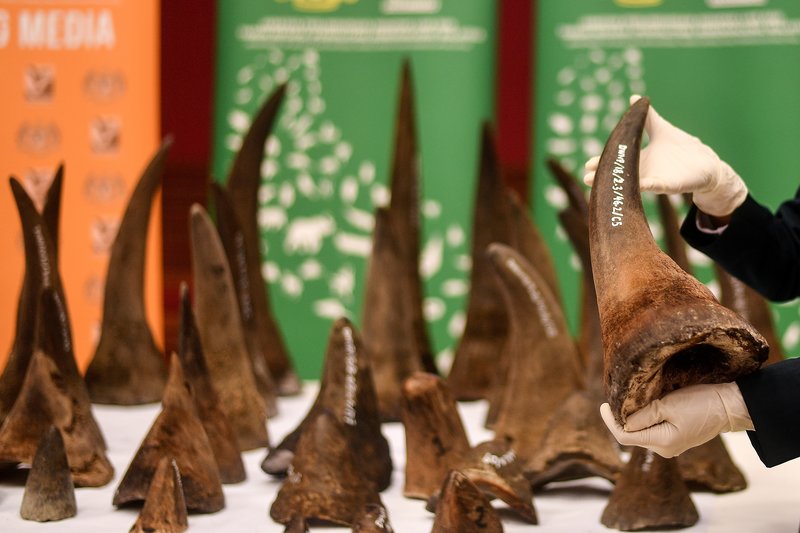
Accordingly, the Chinese government's proposal mentions that only hospitals and doctors will be licensed to use tiger or rhino parts for research or preparation purposes. Animals used for the above purposes must be raised on farms or captive areas licensed by the government.

However, environmental activists in China and around the world believe that this decision by the Chinese government will have a terrible impact on the conservation efforts of two rare animals, rhinos and tigers. According to expert of the World Wildlife Fund (WWF), Leigh Henry, it will be very difficult to distinguish whether the parts prepared or researched are from rhinos and tigers raised on farms, or hunted from wild animals.
The Chinese government has yet to explain its decision to reverse a ban that has been in place since 1993 on activities involving animal body parts.

The decision was “completely spontaneous and without any basis whatsoever,” said Peter Knights, director of WildAid. Others have suggested that profit may be part of the motive behind the move, which is aimed at boosting China’s multi-billion dollar traditional medicine industry.

Currently, according to WWF statistics, the number of rhinos in the natural environment is only about 30,000 and the number of tigers is much less, only about 4,000.
















.jpg.jpg)




(Copy).jpg.jpg)




(Copy).jpg.jpg)






